By William Welsh
The Duke of Monmouth’s rebel army marched briskly out of Bridgwater into the dark of night on July 6, 1685. Earlier that day, rebel scouts reported seeing troops of King James II’s army, camped a short distance away at Westonzoyland, stumbling about drunkenly with little regard for military demeanor or security. Feeling cornered by the king’s troops, Monmouth believed that the last chance for his Protestant rebellion to succeed lay in launching an audacious night attack on the poorly guarded royal encampment.
Led by a local guide, the rebels planned to march five miles in a wide-ranging arc and fall on the rear of the royalist army. A seasoned commander, Monmouth sent word through the ranks that any man who made a sound alerting the enemy to their approach would be struck down immediately by his comrades. Cloaked in darkness and enshrouded by a thick mist that clung to the moors like moss to a rock, the rebels tramped off to meet their destiny.
Inheriting the Throne
James II had inherited the throne upon the death of his brother, Charles II, who had died exactly five months earlier, on February 6, 1685. Because Charles’s wife, Catherine of Braganza, had been barren, Charles left behind no legitimate heirs. Both his brother, James, Duke of York, and his son James Scott, Duke of Monmouth, the eldest of Charles’s illegitimate children, had jockeyed for the throne in the years immediately preceding the king’s death. Although Charles bestowed numerous titles and honors on his eldest son, he supported his Catholic brother as his rightful successor. The opposition to James, which consisted of religious nonconformists who recognized neither the Roman Catholic Church nor the Church of England, saw in Monmouth a Protestant alternative to James and championed him as the true successor to the throne. James Scott, who took his surname from his wife Anna Scott, Countess of Buccleuch, was living at the time of Charles’s death in the United Provinces (Holland) with his mistress, Henrietta Wentworth. He held a number of titles as a result of his marriage and his father’s generosity, the highest of which was Duke of Monmouth. His popularity in England had reached such a point in the years preceding his father’s death that Charles had requested that he leave the country temporarily—if not for good.
The Duke of Monmouth’s Military Qualifications
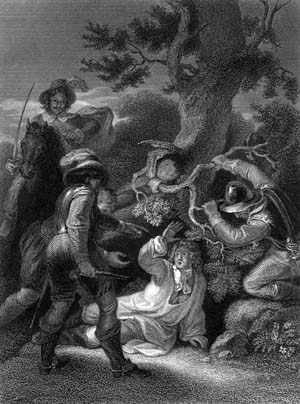 Monmouth’s military qualifications were impressive. In earlier days when he enjoyed his father’s favor, he had served as an apprentice to his Uncle James, who then held the position of Lord Admiral. Not long after Charles and France’s King Louis XIV entered into a secret pact in June 1670, Monmouth moved to the Continent, where he was given command of the 6,000-man English expeditionary force. When Charles later joined an alliance with the Dutch against the French, Monmouth was given command of the Anglo-Dutch brigade and subsequently distinguished himself at the Battle of St. Denis, in the waning days of the Franco-Dutch War. He later helped quash the so-called Covenanter Rebellion in 1679. After his uncle ascended the throne in 1685, Monmouth seemed content to pursue a leisurely life in exile. Not sharing his contentment, however, was a vocal band of exiled Protestant Englishmen and Scotsmen who hungered to see the new Catholic king overthrown. The malcontents held a meeting in Rotterdam in April 1685 to decide what course of action to take. A leading proponent of forceful overthrow was Archibald Campbell, Earl of Argyle. King James, when he was still the Duke of York, had driven Argyle into exile on rather weak grounds in the wake of the Covenanter Rebellion. Other conspirators fell into several categories, including former Cromwellian officers, dissident English officers serving with the Dutch, and religious noncomformists from the West Country. All assured Monmouth that he would receive immediate support from London, the West Country, and Cheshire. His supporters told him that 10,000 troops could be expected in London alone. Letting his pride and ambition outrun his common sense, Monmouth fell in with the plotters.
Monmouth’s military qualifications were impressive. In earlier days when he enjoyed his father’s favor, he had served as an apprentice to his Uncle James, who then held the position of Lord Admiral. Not long after Charles and France’s King Louis XIV entered into a secret pact in June 1670, Monmouth moved to the Continent, where he was given command of the 6,000-man English expeditionary force. When Charles later joined an alliance with the Dutch against the French, Monmouth was given command of the Anglo-Dutch brigade and subsequently distinguished himself at the Battle of St. Denis, in the waning days of the Franco-Dutch War. He later helped quash the so-called Covenanter Rebellion in 1679. After his uncle ascended the throne in 1685, Monmouth seemed content to pursue a leisurely life in exile. Not sharing his contentment, however, was a vocal band of exiled Protestant Englishmen and Scotsmen who hungered to see the new Catholic king overthrown. The malcontents held a meeting in Rotterdam in April 1685 to decide what course of action to take. A leading proponent of forceful overthrow was Archibald Campbell, Earl of Argyle. King James, when he was still the Duke of York, had driven Argyle into exile on rather weak grounds in the wake of the Covenanter Rebellion. Other conspirators fell into several categories, including former Cromwellian officers, dissident English officers serving with the Dutch, and religious noncomformists from the West Country. All assured Monmouth that he would receive immediate support from London, the West Country, and Cheshire. His supporters told him that 10,000 troops could be expected in London alone. Letting his pride and ambition outrun his common sense, Monmouth fell in with the plotters.
Planning the Rebel Landings
The Dutch monarch, William, Prince of Orange, turned a blind eye to the rebels plotting in Rotterdam. He was married to Mary, James’s eldest daughter, and therefore was James II’s son-in-law as well as his cousin. By plotting in William’s backyard, Monmouth and his band were placing the Dutch ruler in an awkward position. When James made a strong request that his son-in-law halt the purchase of arms and stores for the expedition, William pretended to issue orders to prevent such sales, but in fact did little or nothing to interfere with the plot. The rebels planned two separate landings. Argyle would sail to the western highlands of Scotland, where he would raise troops to support the rebellion, while Monmouth would land in Dorset, in southwestern England. Once he landed, Monmouth planned to march to Bristol and recruit supporters from towns and villages along the way. As the second wealthiest city in England, Bristol would provide a solid base from which Monmouth could receive arms and supplies from the Continent and transfer recruits by sea from Scotland and Cheshire.
Hardships Raising the War Chest
Argyle raised £9,000 from estates he owned in Friesland and purchased three ships to carry him and a small group of men to Scotland. He sailed on May 2, but financial difficulties and bad weather conspired to keep Monmouth stranded in the United Provinces for most of the month. When Monmouth sent a request to his supporters in London asking them to forward him £6,000 for his expedition, they replied that they could not raise such a sum without risking the king’s wrath. They warned Monmouth that the timing was not right for a rebellion. Failing to heed their advice, Monmouth implored his Dutch supporters to provide funds to finance his expedition. They provided him with £3,000—less than half of what he needed to purchase the necessary transport and arms. Undeterred, Monmouth and his mistress pawned their jewels to raise an additional £4,000. With the money they had raised, Monmouth leased the Helderenberg, a fifth-rate Dutch frigate with 32 guns, to oppose any of the king’s warships that might contest his cross-Channel passage. He also purchased two fishing vessels to haul equipment and gunpowder, including four light guns and 1,500 cavalry breastplates. A detachment of Dutch gunners signed on with the expedition to work the four-gun field battery. The duke’s tiny invasion force, which numbered fewer than 100 men, boarded the vessels on May 24, but it would be another week before the weather permitted them to leave the sanctuary of the Texel River for the open seas.
Dorset Chosen for the Main Landing
Bevil Skelton, the English envoy in Holland, tracked the progress of the rebel preparations for James II. He advised the king that the main landing would occur in Dorset and that a diversionary landing would take place in either Ireland or Scotland. The king immediately issued orders to crush any seditious actions and prepared to repel the invaders. He sent a terse message to the far corners of the realm, ordering local officials to round up all suspected rebel leaders. On June 1, Helderenberg sailed into open waters bound for the Dorset coast, 400 miles away. Heavy winds buffeted the ships as they sailed across the English Channel toward their destination. Because of the blustery weather, it took Monmouth’s ships 10 days to make the crossing. By some miracle, the rebel fleet failed to encounter one of at least a dozen heavily armed English warships patrolling in the area. A few hours after sunrise on June 11, a messenger informed Gregory Alford, the mayor of Lyme Regis, that three suspicious vessels showing no flags had been spotted heading toward the town.
“Fear Nothing but God”
The mayor, who had been in the midst of a summer game of bowls atop the cliffs, hurried off dispatches to the Duke of Albermarle in Exeter and James II in London. Helderenberg’s crew launched seven small boats at sunset that carried the first wave of invaders onto the beach. The duke knelt and prayed on the beach and then marched into town under a green-and-gold standard that bore the words “Fear Nothing but God.” Monmouth spent the following day putting the finishing touches on a proclamation in which he declared himself to be the legitimate son of Charles II and branded James a usurper to the throne. While the duke labored over the legally questionable document, his men unloaded the artillery, gunpowder, and supplies to make the declaration a fait accompli. Although England as a whole was not ready to revolt against James, the West Country was a wise choice for the landing. At the time of the invasion, the region served as England’s major industrial area. It was populated by a large number of miners, textile workers, and tradesmen who were suffering from the adverse effects of an economic recession. These men, together with struggling freehold farmers, would swell the ranks of Monmouth’s army in the days following his landing. The rebel duke raised 800 men on the first day alone and nearly doubled that number on the second day of the invasion. The first rebel recruits from the counties of Dorset and Devon were mustered into Red and Green Regiments led by Colonels Samuel Venner and Abraham Holmes, respectively. During his advance inland, the duke would add three more regiments—White, Yellow, and Blue—to his invasion force. Dawn on the second day brought no word from either Cheshire or Scotland. What it did bring was news that the militias of Dorset and Somerset were remaining loyal to the crown and mustering to oppose the duke. The next day, Monmouth instructed Venner to take 400 foot soldiers and 40 horsemen and launch a preemptive attack on the 1,300-strong Dorset militia in Bridgport. The attack failed. Venner was wounded in the encounter, and Lord Grey, the Earl of Warke, could not control the untrained rebel cavalry, which fled as soon as the firing began. Disaster seemed in the making, but Colonel Nathaniel Wade, the son of a Cromwellian officer, took command of the situation and conducted a disciplined withdrawal back to Lyme Regis. On the basis of his performance, Monmouth put Wade in command of the Red Regiment. To suppress the rebellion, James II had at his disposal a small, well-trained army of 3,000 professional soldiers that he had inherited from his brother. When awakened from a deep slumber at 4 am on June 13 and informed that the rebels had landed in Dorset, the king immediately began issuing orders to mobilize his forces to suppress the rebellion and capture Monmouth. One such order went to Maj. Gen. John Churchill, later to become the Duke of Marlborough, to take four troops from the Earl of Oxford’s Regiment of Horse (nicknamed the Blues), two companies of Royal Dragoons, and five companies of Colonel Piercy Kirke’s Regiment of Foot and march to Dorset. Altogether, Churchill’s force totaled about 400 cavalry and dragoons and 300 infantry. He was instructed to shadow the rebel army as it marched but not to bring on a general engagement until he was reinforced.
Monmouth’s Army Moving North
Another order was sent to ordnance specialists at the Tower of London, instructing them to prepare a 16-gun artillery train with heavy guns for duty in the West Country. Similarly, the king ordered a smaller, 10-gun artillery train assembled at Portsmouth and sent to the royal army in the field. When James appealed to his supporters in Parliament to condemn Monmouth, they dutifully charged the duke with being a criminal and approved substantial funds to stamp out the rebellion. the Duke of Monmouth marched his army, which now numbered about 3,000 untrained recruits, north toward Taunton on June 15. Churchill, at the head of his horse troopers, arrived in Bridgport two days later. Before he left London, the general issued orders for Kirke’s regiment to catch up as fast as it could. Churchill shifted north to Chard on June 19 and waited for Kirke’s regiment, which arrived two days later. Word also came to the royal vanguard that the artillery train had departed London and that additional cavalry forces were on the way. This article is from the August 2009 issue of Military Heritage Magazine. If you would like to read the rest of this and other articles, visit our order page to see which digital editions we have on offer.
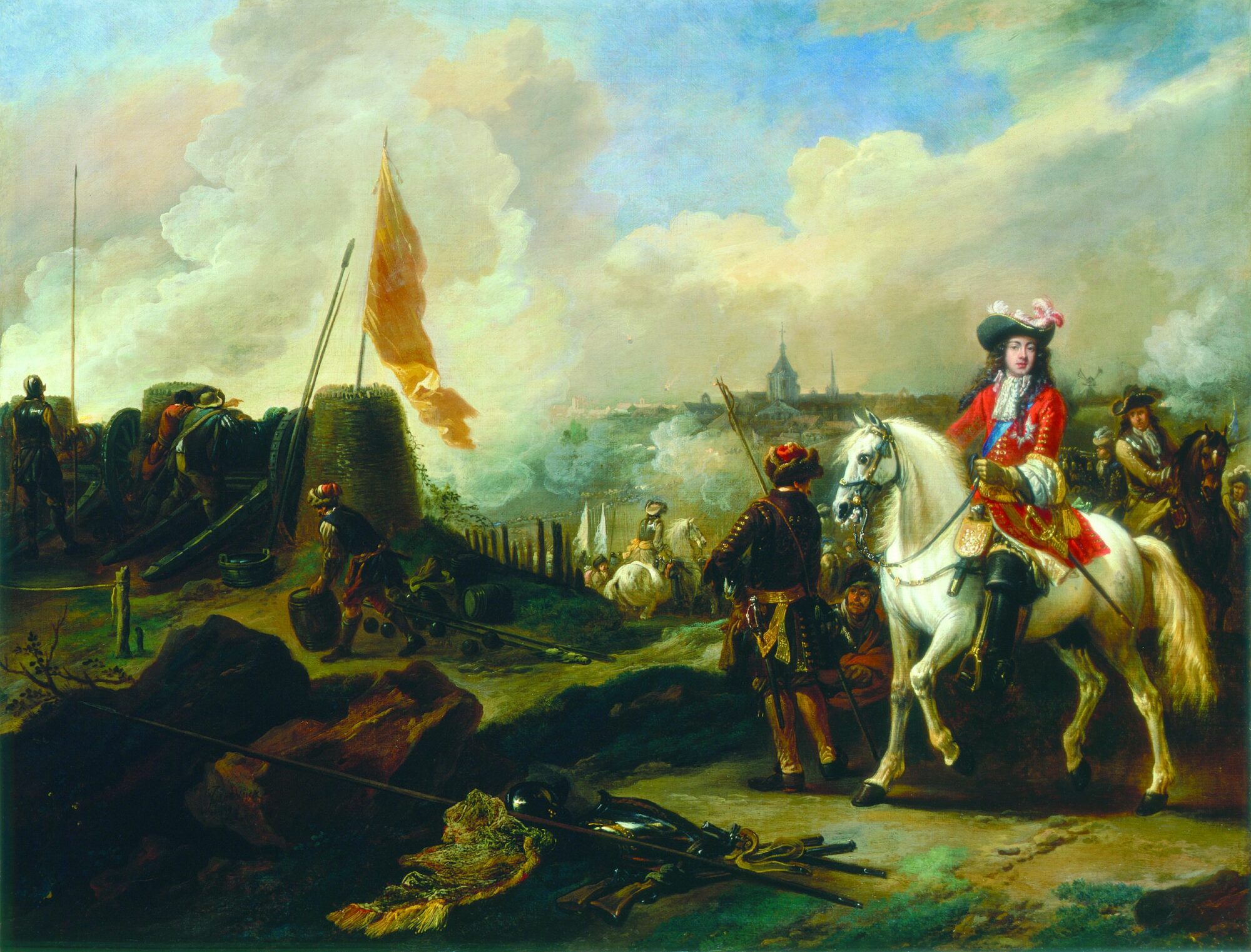

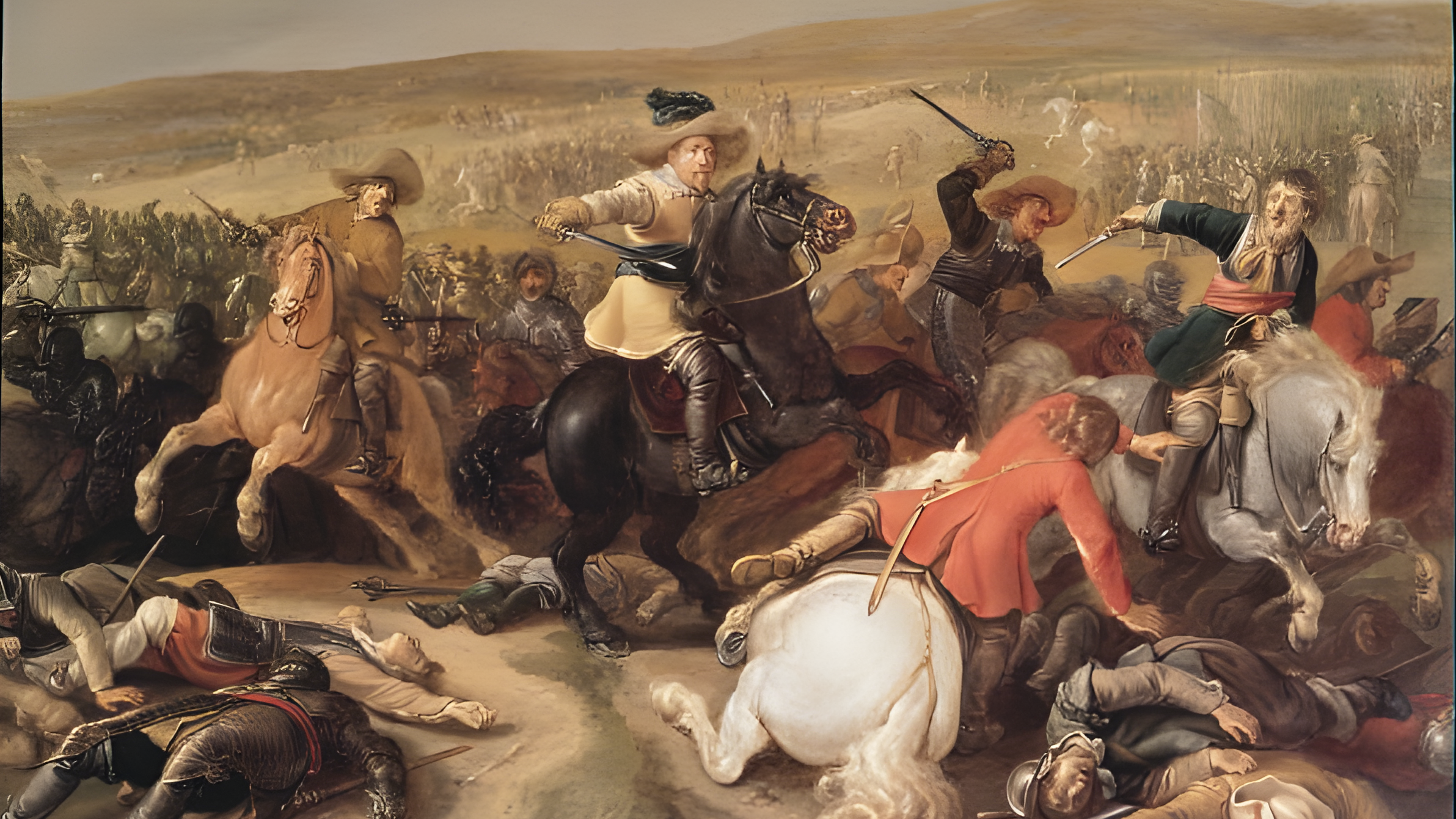
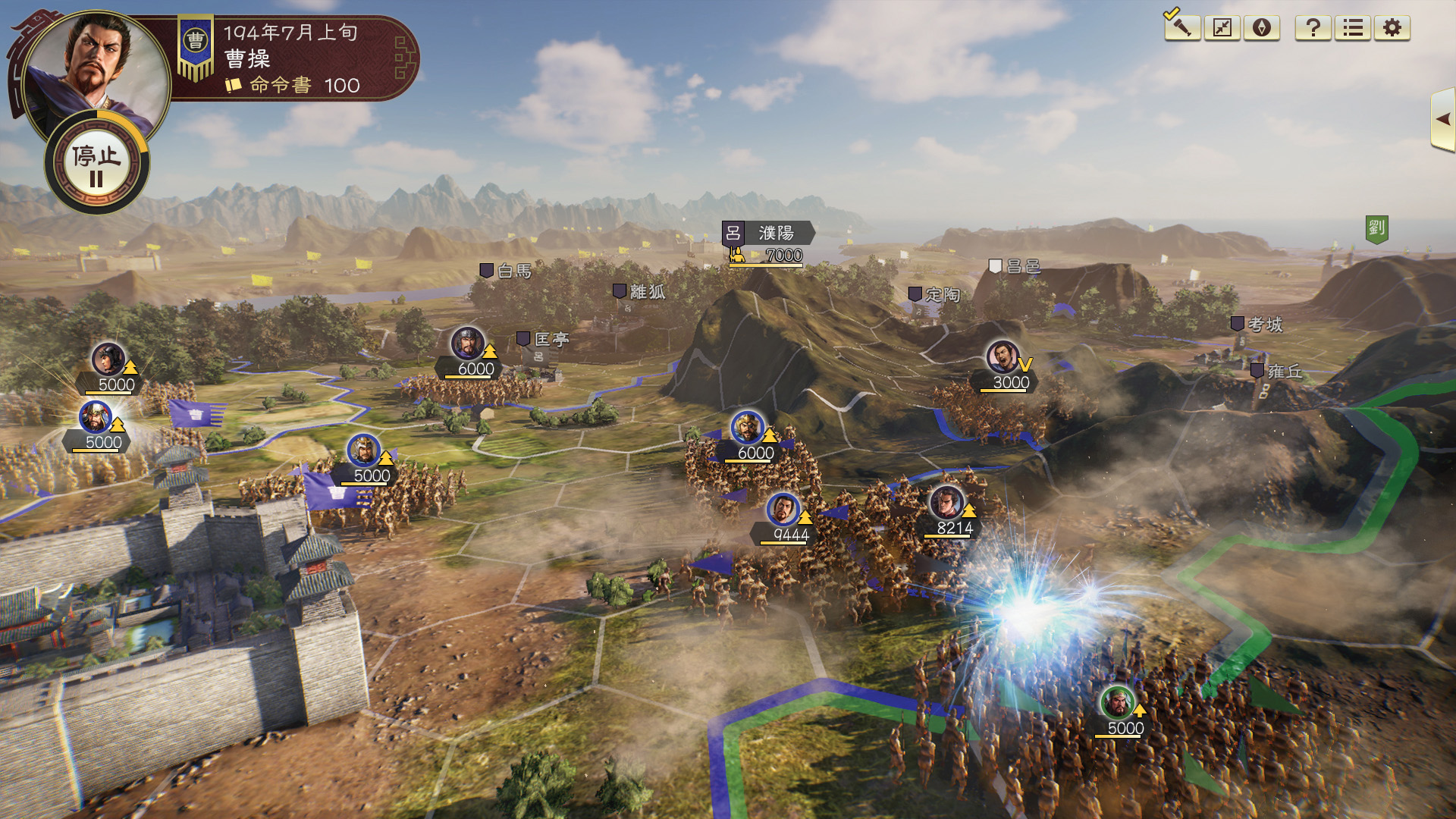
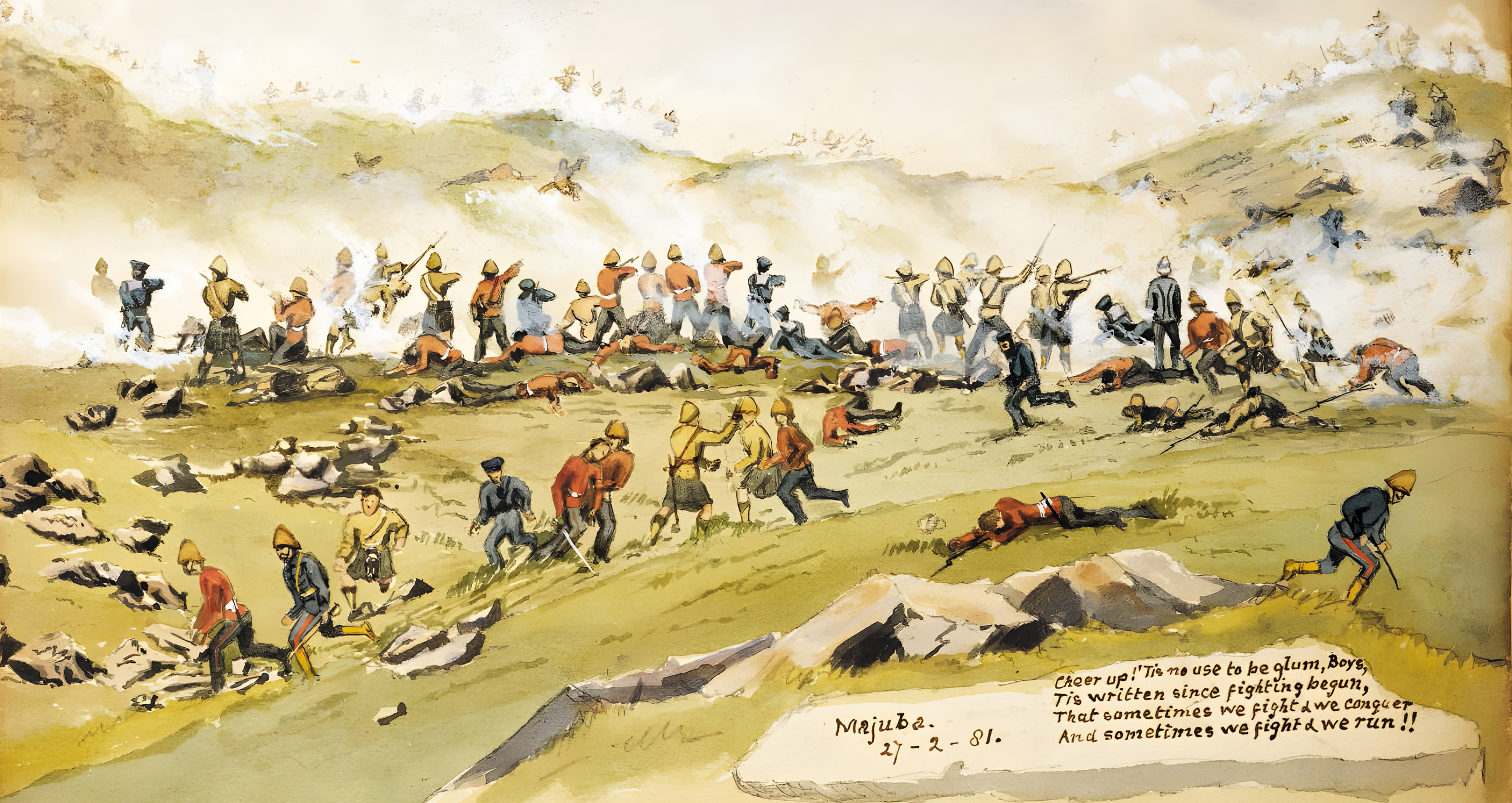
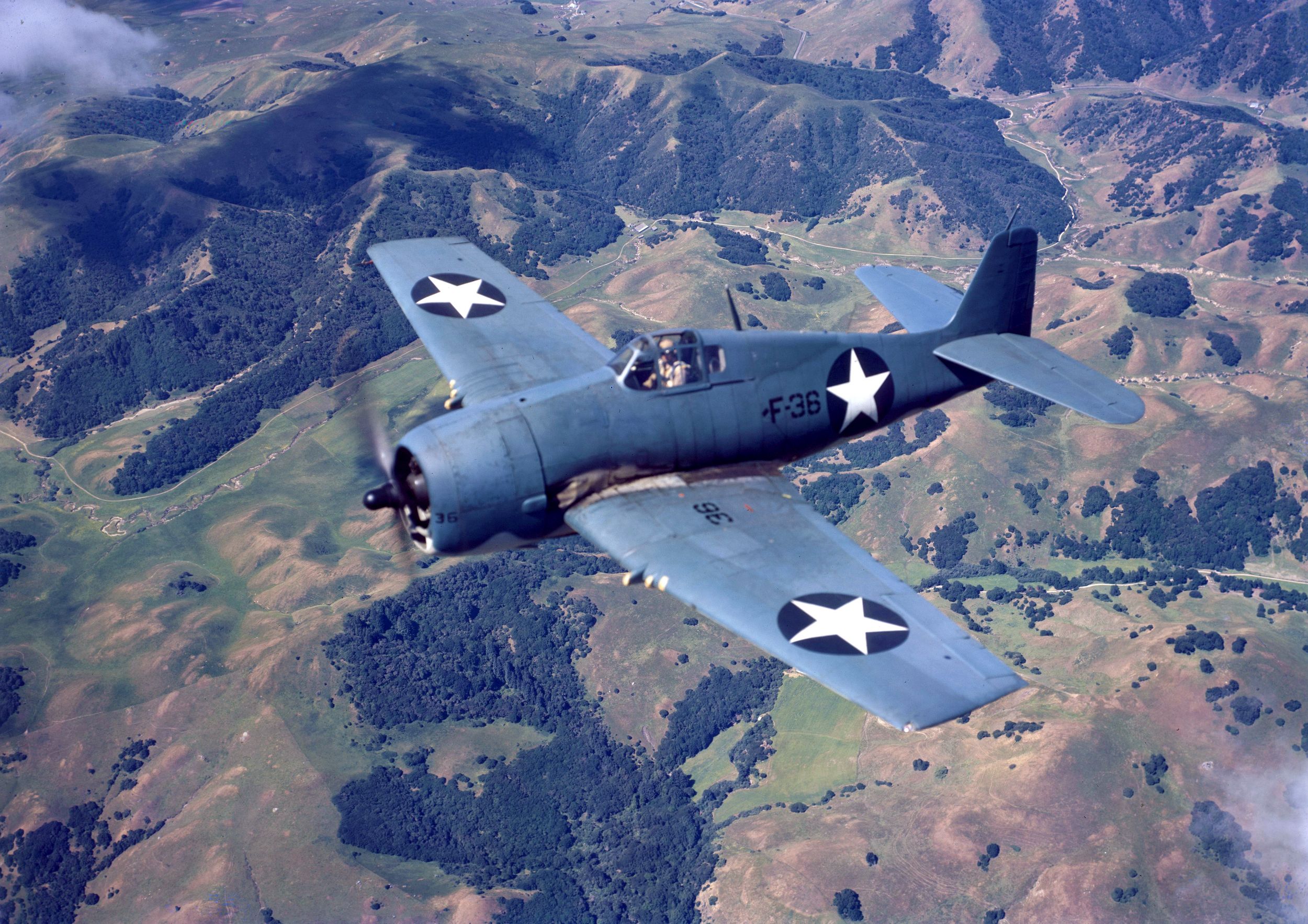
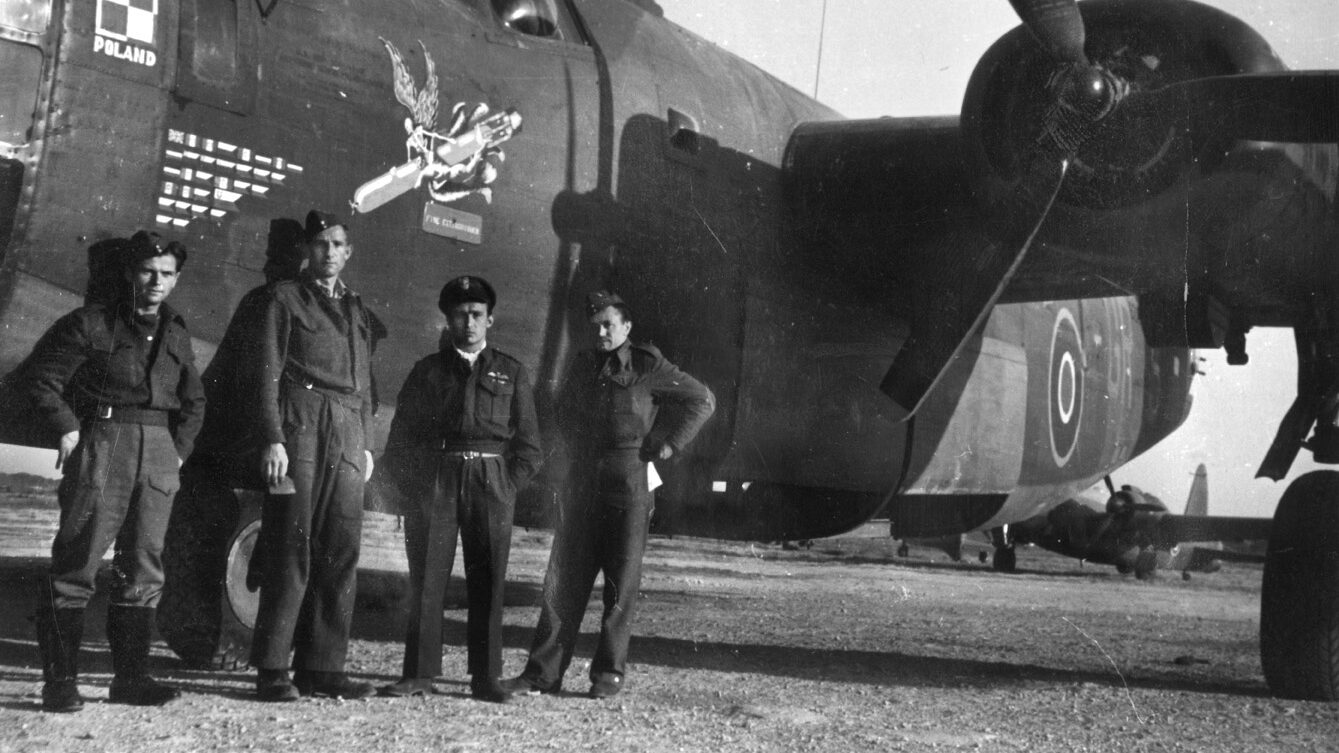
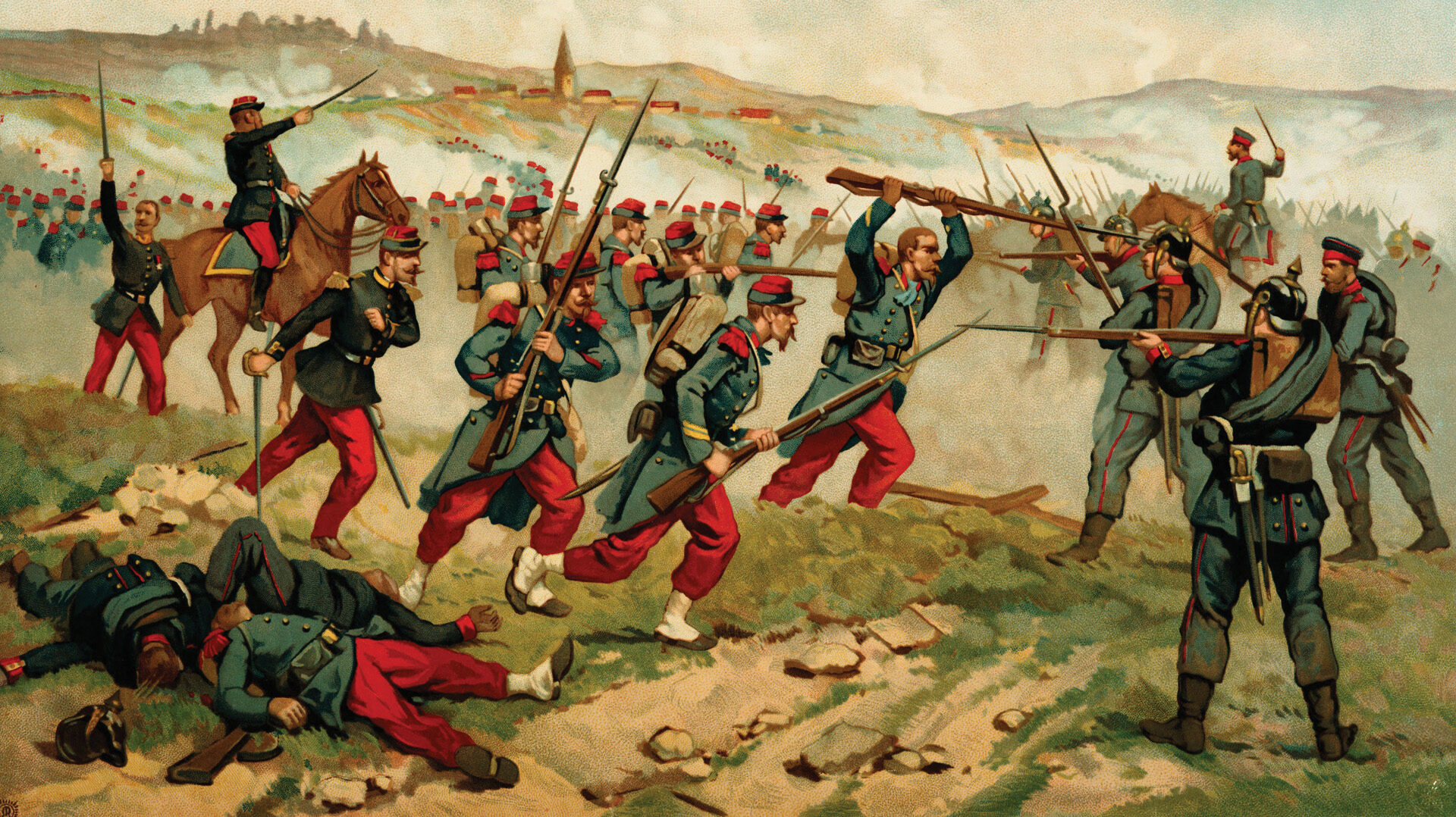
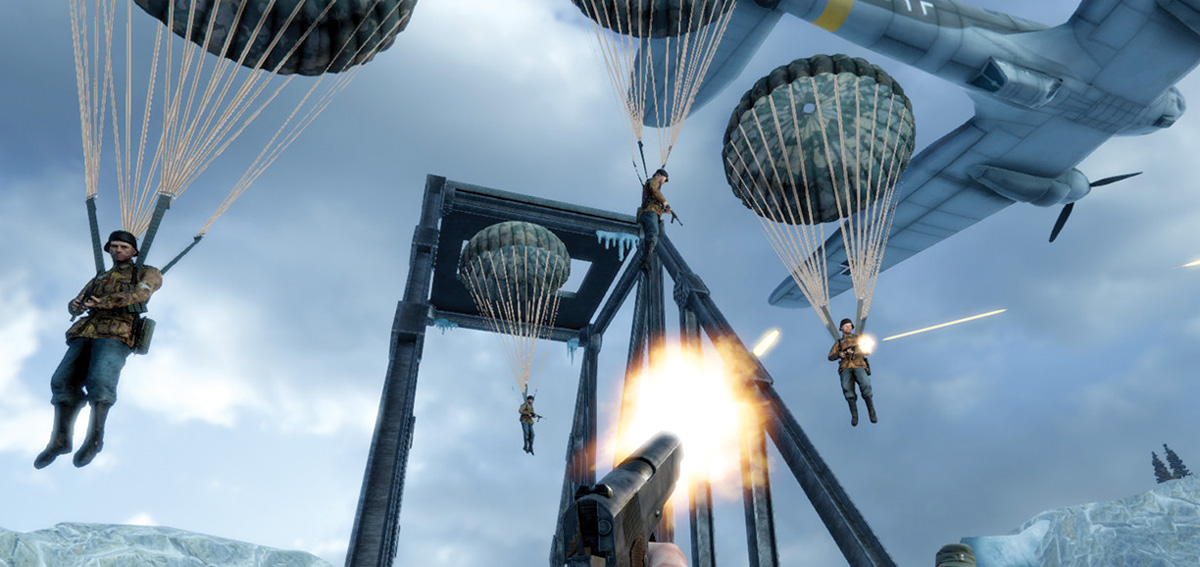
Join The Conversation
Comments
View All Comments